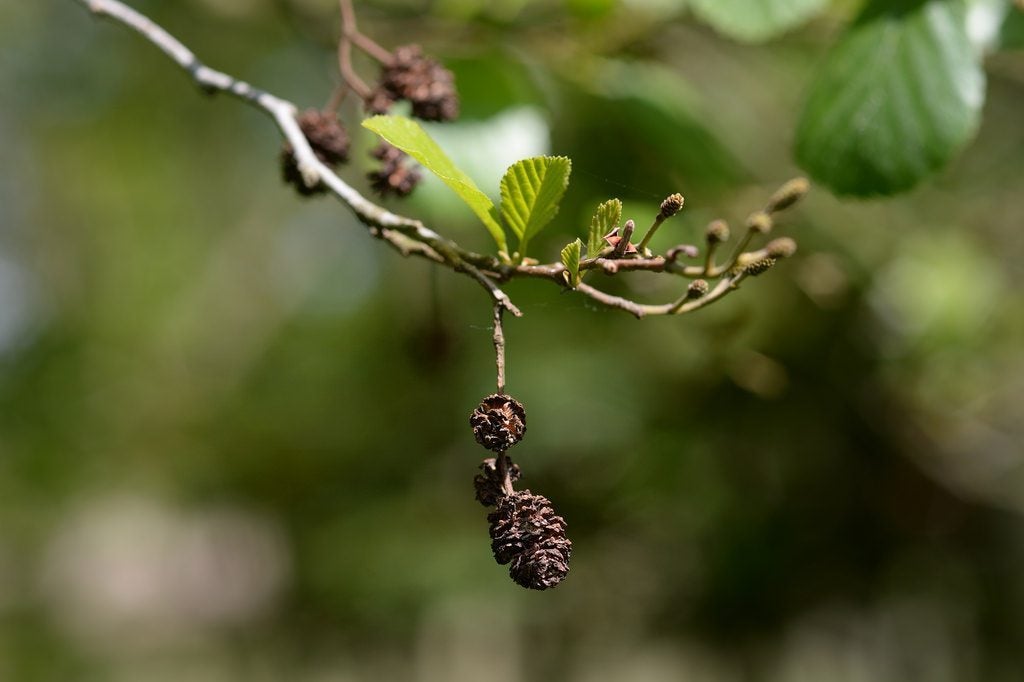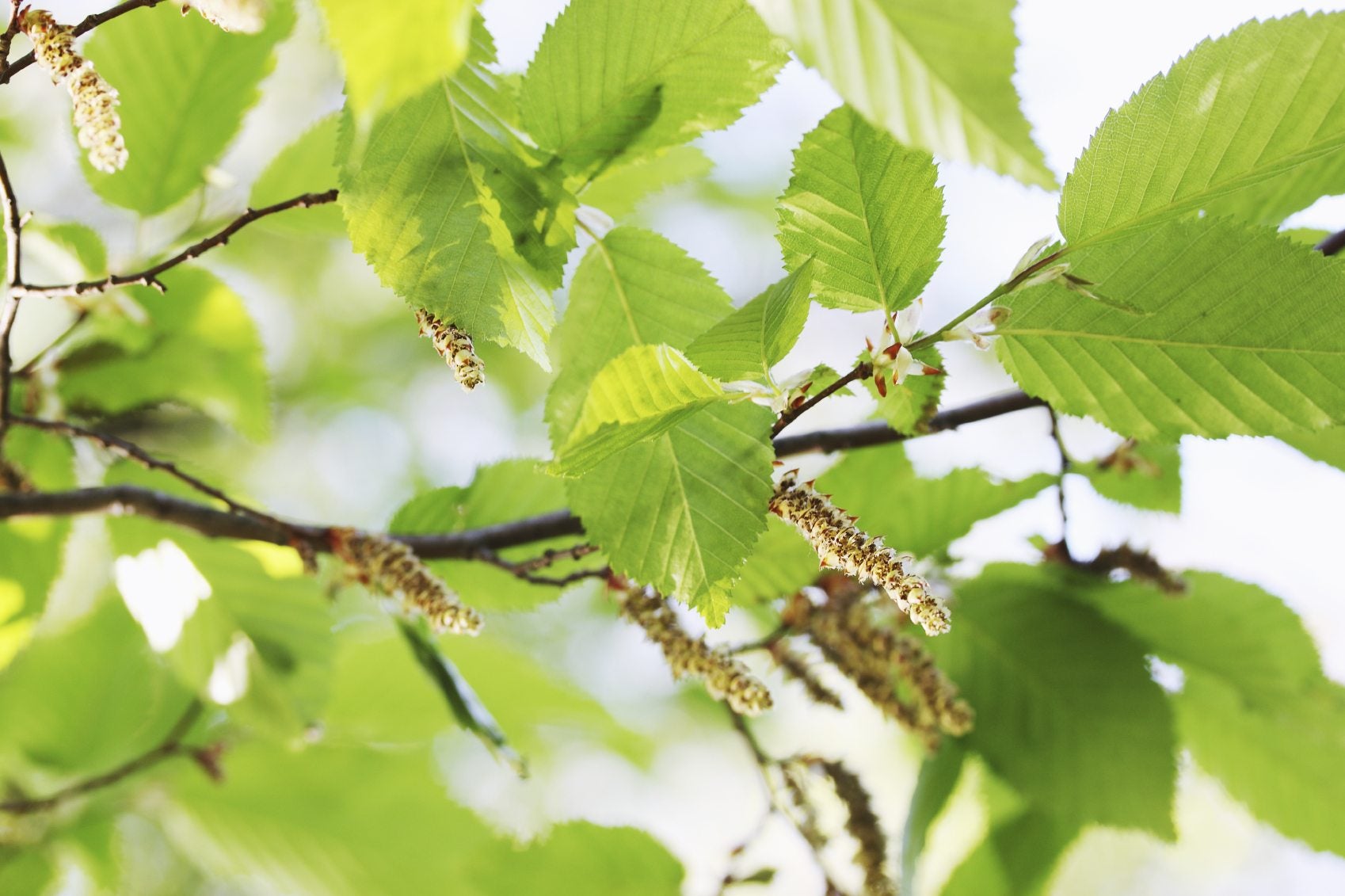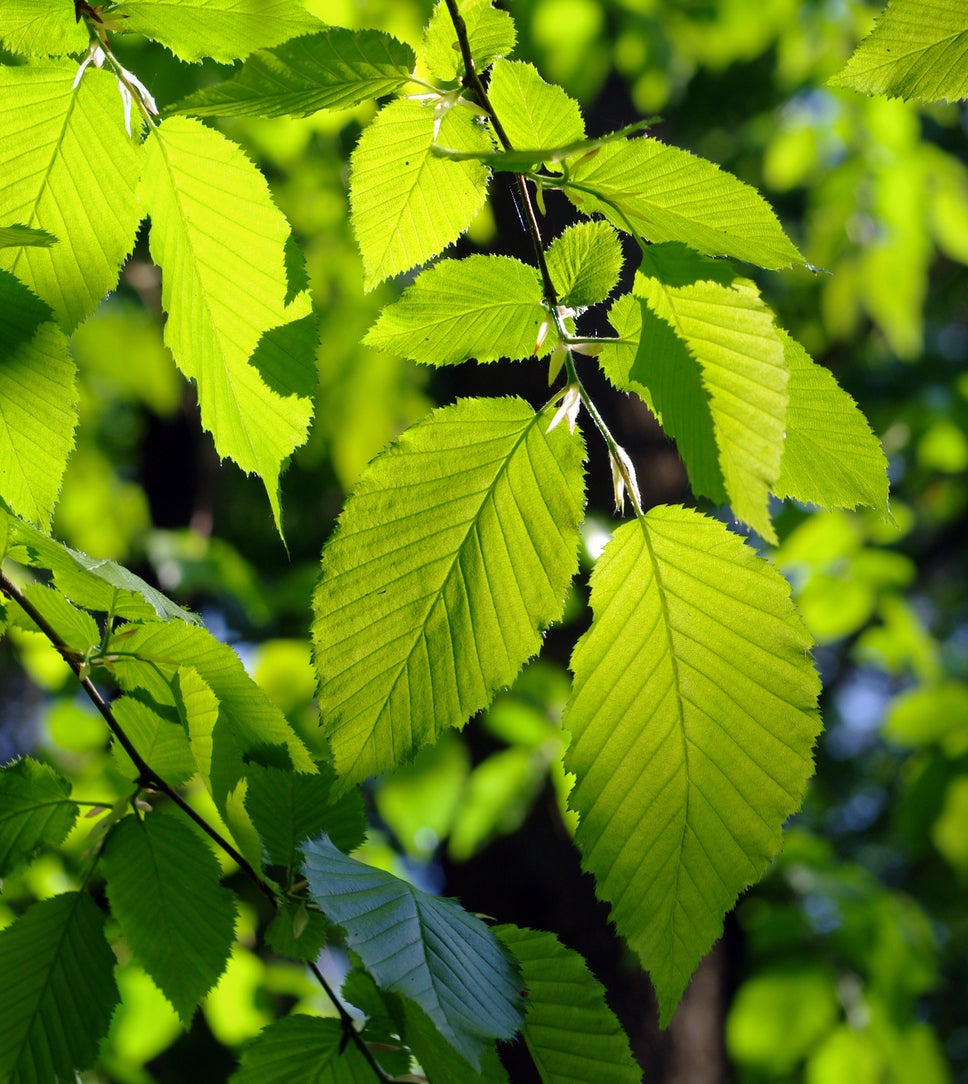Care Of Speckled Alder Trees: Learn How To Grow A Speckled Alder Tree


Is it a tree or is it a shrub? Speckled alder trees (Alnus rugosa syn. Alnus incana) are just the right height to pass as either. They are native to the northeast regions of this country and Canada. Read on for more speckled alder information, including tips on how to grow a speckled alder and its care.
Speckled Alder Information
Speckled alder trees growing in the wild look a lot like shrubs. According to speckled alder information, these trees do not get above 25 feet (7.5 m.) tall, and can be much shorter. In addition, speckled alder trees usually grow with multiple slender stems like bushes. The common name comes from the fact that the stems, heavily lined with horizontally borne lenticels, appear speckled. Both male and female alder flowers are called catkins. The males are long and conspicuous, while female flowers are reddish and smaller, and lack outer scales.
How to Grow a Speckled Alder
If you are thinking of growing speckled alders, you need to remember the very specific growth conditions these native trees require. These alder trees grow in wetlands. In fact, it has given its name to a type of wetland known as an "alder thicket." You’ll also see speckled alder growing along streams, in roadside ditches and in swamps. For example, speckled alder trees can colonize cut-over northern conifer swamps. To start growing speckled alders in the landscape, you’ll need wet soil. You’ll also need to live in U.S. Department of Agriculture plant hardiness zones 4 through 9, where the alders thrive. Plant the seeds or seedlings in full sun in wet soil. If you want to start growing speckled alders from seeds, it’s easy to collect them from the tree in autumn. Each fruit is a samara with narrow wings and produced one single seed.
Care of Speckled Alder
You won’t have to invest much time or effort in care of speckled alder. These are native trees and can take care of themselves if you site them well. Be sure the ground is wet and that the trees get some sun. If that’s the case, care of speckled alder should be easy. If you want to grow the alder to look more like a tree than a shrub, you can prune out the stems, leaving only the strongest to serve as the trunk.
Gardening tips, videos, info and more delivered right to your inbox!
Sign up for the Gardening Know How newsletter today and receive a free copy of our e-book "How to Grow Delicious Tomatoes".

Teo Spengler is a master gardener and a docent at the San Francisco Botanical Garden, where she hosts public tours. She has studied horticulture and written about nature, trees, plants, and gardening for more than two decades. Her extended family includes some 30 houseplants and hundreds of outdoor plants, including 250 trees, which are her main passion. Spengler currently splits her life between San Francisco and the French Basque Country, though she was raised in Alaska, giving her experience of gardening in a range of climates.
-
 Create A Romantic Garden Straight Out Of Bridgerton: Regency Era Romance In Your Garden
Create A Romantic Garden Straight Out Of Bridgerton: Regency Era Romance In Your GardenTry some romantic garden ideas straight out of Bridgerton. Flowers and gardens in the Regency era were lush and charming and you can get the same look!
By Bonnie L. Grant
-
 Moody Blooms For Spring: 8 Types Of Black Flowers To Add Drama To Spring Displays
Moody Blooms For Spring: 8 Types Of Black Flowers To Add Drama To Spring DisplaysFrom midnight burgundies to inky violets, several types of black flowers can enrich and embolden a spring display. Try these brooding bloomers for a moody garden
By Tonya Barnett
-
 Black Alder Tree Info: Tips On Planting Black Alder In The Landscape
Black Alder Tree Info: Tips On Planting Black Alder In The LandscapeBlack alder trees are fast-growing, water-loving, highly adaptable, deciduous trees that hail from Europe. These trees have many uses in the home landscape and have a number of qualities that make them highly attractive. Learn more in this article.
By Karen Boness
-
 What Is An Alder Tree: Information About Alder Trees
What Is An Alder Tree: Information About Alder TreesAlder trees are seldom seen in residential landscapes, but these handsome plants make excellent shade trees and screening shrubs. Read this article for more information on alder trees in the landscape.
By Jackie Carroll